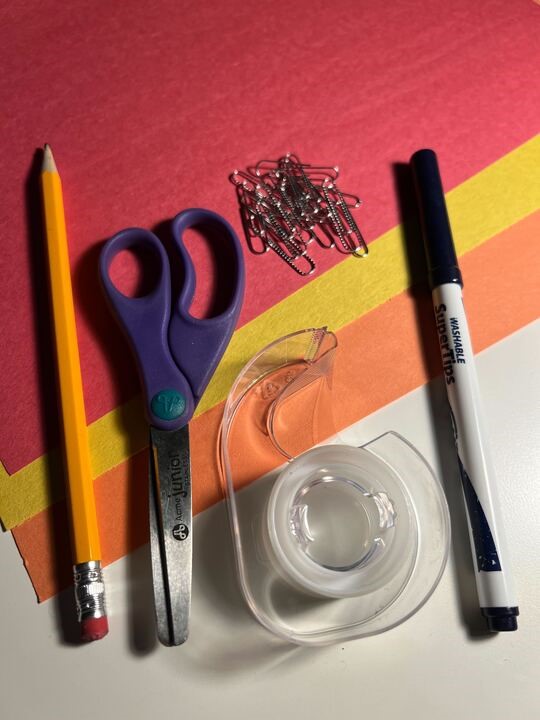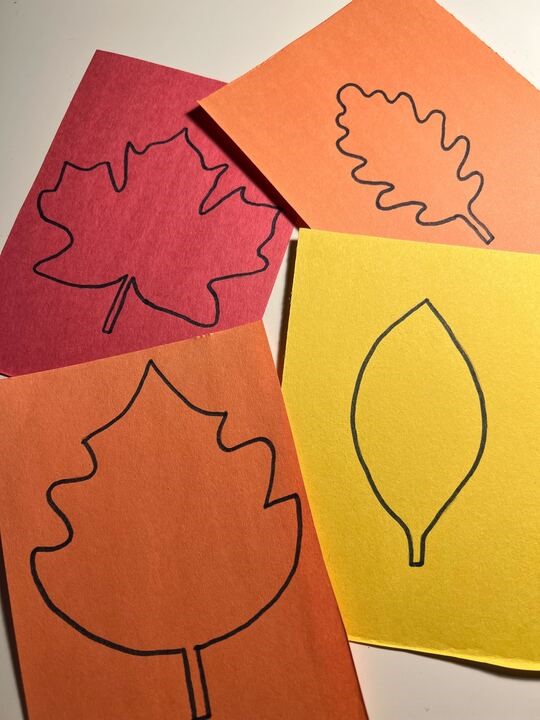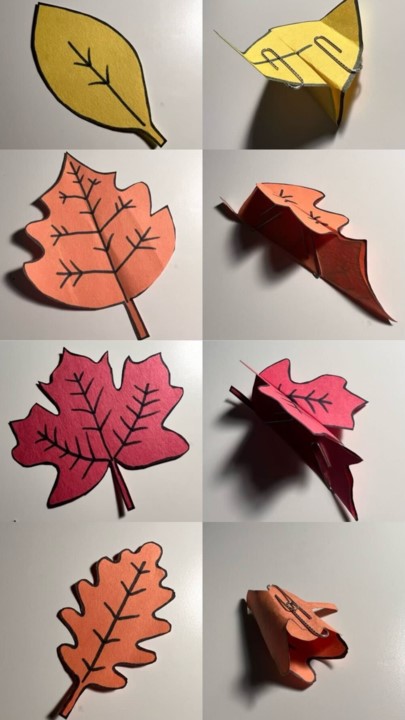Welcome to this month’s Simply STEM activity! Today, we are making paper leaf gliders! This fun hands-on activity will help your students understand concepts like aerodynamics and fine motor skills. It is also a great way for your students to utilize their observational skills. To help your students understand the concept of flight, check out this lesson on aeronautics by the NASA Out-of-School Learning Network.
Time: 20 minutes
Description: How does the design of a paper affect its ability to fly? It’s all about the design! There are 4 different parts in the process of flight: thrust, lift, drag and weight. You need force to be able to push and pull. In this case, thrust is the type of force that is used. Air goes over and under the wings of the paper and this is called lift. When your glider is flying, air pushes down on it and this causes drag. The way gravity pulls the plane to the earth is called weight, which is what affects the flight, speed, and landing of the paper. This article by Science Buddies goes into more detail about how design affects flight.
Materials List:
- Construction paper (red, orange and yellow)
- Scissors
- Black marker
- Paperclips
- Pencil (optional)
- Tape (optional)

Step 1: Trace different leaf shapes on your construction paper. Encourage your students to play around with different types and sizes of leaves. They should have a mixture of small and large leaves.

Step 2: Draw the veins of the leaves on each outline. You can print out pictures of leaves online or collect actual leaves from outside and have your students use them as a reference for their paper leaves.

Step 3: Cut the outlines of the leaves.

Step 4: Fold your paper leaves to form gliders. Your students can experiment with different styles of folding. This video by Phys EDertainment demonstrates the different folding techniques you could use.

Step 5: Throw your gliders to test them out! Which one flies the farthest? Have your students write down their observations about how each shape, size and different fold style flies! You can do this activity indoors or you can take your students outside!

